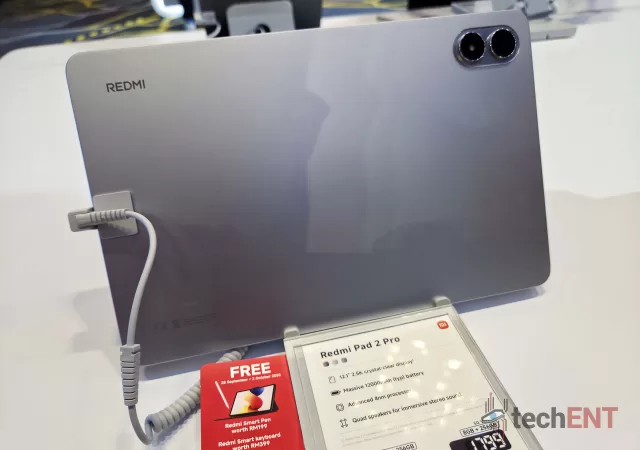Xiaomi announces the Redmi Pad 2 Pro which brings high-end specifications and focuses on delivering a deeply immersive experience for work and play.
Nothing Announces the Phone 3(a) Series Bringing More Power to Its Mid-range Flagship
Nothing refreshes its midrange with a new approach that brings two new models with premium features to the foray.
Redmi Note 14 Pro+ 5G Deep Dive
techENT takes a deep dive into the features and specs that could possibly make Xiaomi’s Redmi Note 14 Pro+ 5G a game changer for the midrange.
Qualcomm Snapdragon 7s Gen 2 Unveiled for Midrange Devices
Get the lowdown on the Snapdragon 7s Gen 2. Built for midrange phones, find out why the ‘s’ stands for stellar specs & performance!






